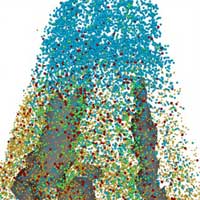 Scientists have found a way to analyse micron-thick layers of ice by atom probe tomography (APT) gaining insights into its microstructure and chemical composition.
Scientists have found a way to analyse micron-thick layers of ice by atom probe tomography (APT) gaining insights into its microstructure and chemical composition.
Friday, December 4, 2020
Breakthrough in material science: analyzing frozen water atom by atom
 Scientists have found a way to analyse micron-thick layers of ice by atom probe tomography (APT) gaining insights into its microstructure and chemical composition.
Scientists have found a way to analyse micron-thick layers of ice by atom probe tomography (APT) gaining insights into its microstructure and chemical composition.
Finetuning 'twistronics' of 2D crystals
 Researchers have revealed a breakthrough method that could lead to autonomous robotic control and therefore precise fine tuning of the 'twist' between atom-thin 2D materials layers stacked in a superlattice structure - a pioneering device that could help transform technology and achieve superconductive electronics.
Researchers have revealed a breakthrough method that could lead to autonomous robotic control and therefore precise fine tuning of the 'twist' between atom-thin 2D materials layers stacked in a superlattice structure - a pioneering device that could help transform technology and achieve superconductive electronics.
An optical curveball (w/video)
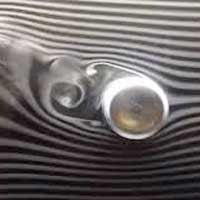 The Magnus effect describes the fact that spinning objects tend to move along curved paths. New research shows that the same effect occurs to atoms moving through light - and that this effect has practical consequences.
The Magnus effect describes the fact that spinning objects tend to move along curved paths. New research shows that the same effect occurs to atoms moving through light - and that this effect has practical consequences.
DNA nanobots build themselves - how can we help them grow the right way?
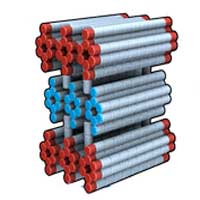 Researchers have overcome a major design challenge on the path to controlling the dimensions of so-called DNA nanobots - structures that assemble themselves from DNA components.
Researchers have overcome a major design challenge on the path to controlling the dimensions of so-called DNA nanobots - structures that assemble themselves from DNA components.
Making mechanical skin (w/video)
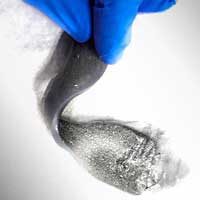 These 3D printed circuits are self-healing, re-writable, and energy-harvesting, thanks to liquid metal.
These 3D printed circuits are self-healing, re-writable, and energy-harvesting, thanks to liquid metal.
Mapping quantum structures with light to unlock their capabilities
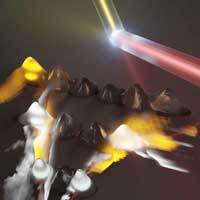 A new tool that uses light to map out the electronic structures of crystals could reveal the capabilities of emerging quantum materials and pave the way for advanced energy technologies and quantum computers.
A new tool that uses light to map out the electronic structures of crystals could reveal the capabilities of emerging quantum materials and pave the way for advanced energy technologies and quantum computers.
Learning about quantum vacuum by studying atoms
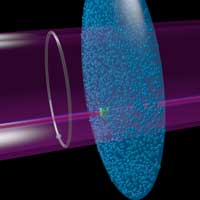 The Unruh-effect connects quantum theory and relativity. Until now, it could not be measured. A new idea could change this - in a completely different way than ever before.
The Unruh-effect connects quantum theory and relativity. Until now, it could not be measured. A new idea could change this - in a completely different way than ever before.
Novel fluorescence - scientists discover delayed phenomenon in carbon nanotubes
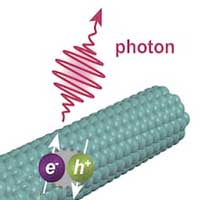 That carbon nanotubes fluoresce is no longer a surprise. Finding a second level of fluorescence is surprising and potentially useful.
That carbon nanotubes fluoresce is no longer a surprise. Finding a second level of fluorescence is surprising and potentially useful.
Electrical spin filtering the key to ultra-fast, energy-efficient spintronics
 Researchers demonstrate spin detection using a spin filter to separate spin orientation according to their energies. Ultra-fast, ultra-low energy spintronic devices are an exciting, beyond-CMOS technology.
Researchers demonstrate spin detection using a spin filter to separate spin orientation according to their energies. Ultra-fast, ultra-low energy spintronic devices are an exciting, beyond-CMOS technology.
Subscribe to:
Comments (Atom)
